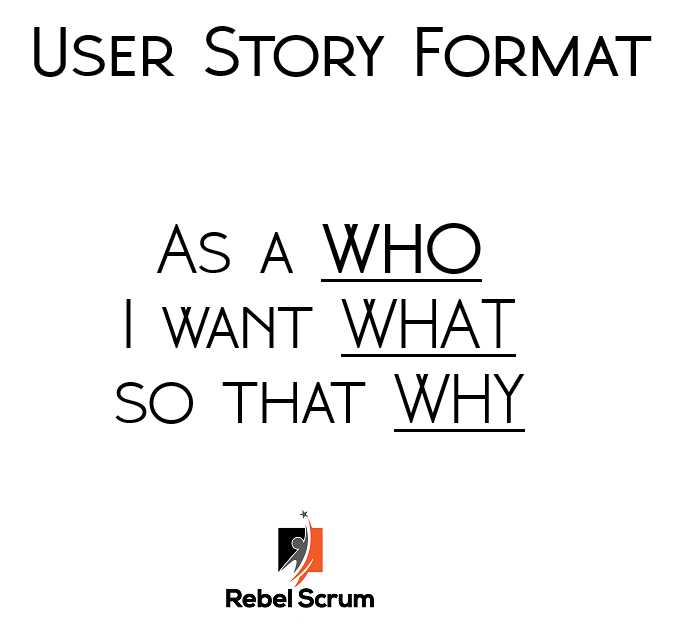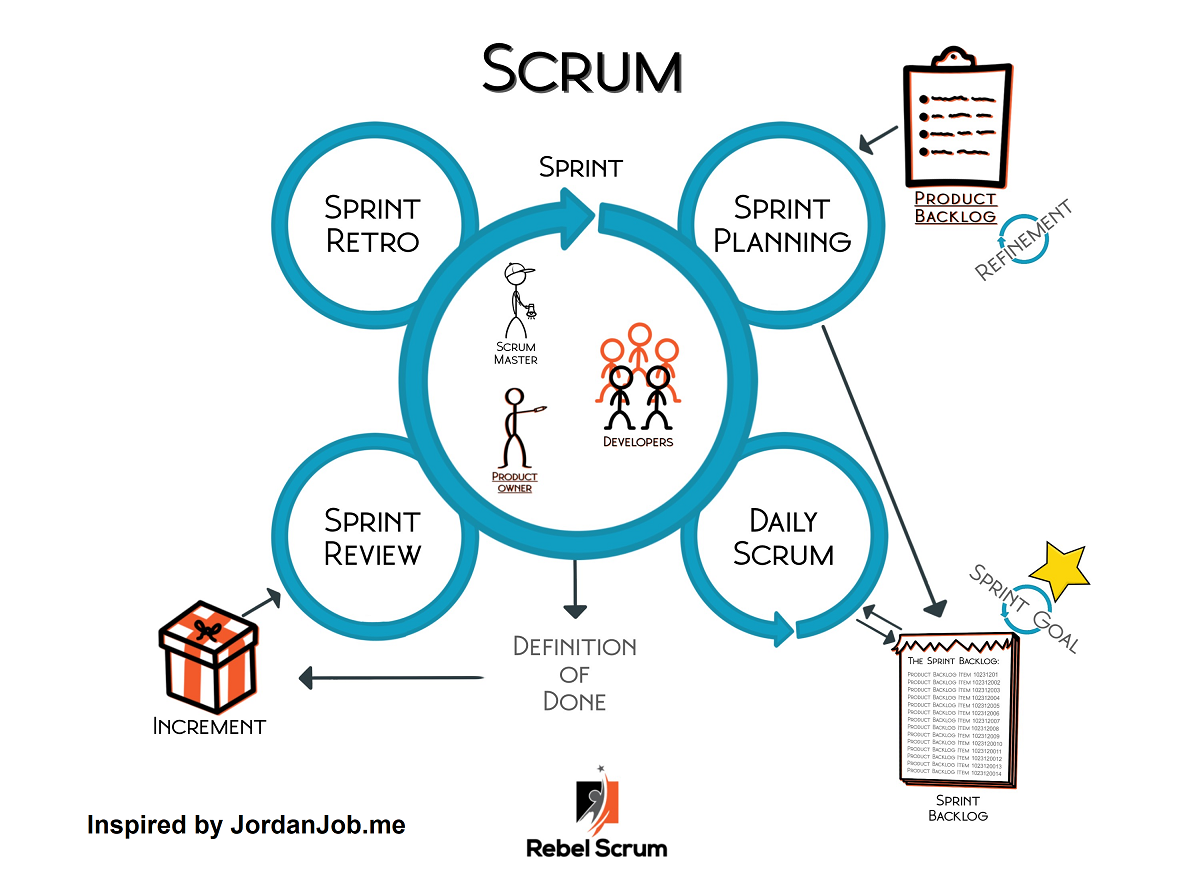In the agile world, Scrum stands out as a Goldilocks framework. Scrum strikes a delicate balance, providing enough structure to guide teams without stifling their creativity and adaptability. Unlike traditional project management methodologies with rigid processes and exhaustive documentation, Scrum empowers teams to find what works best in their unique environments. Let's delve deeper into what makes Scrum the Goldilocks framework: Not too rigid, not too loose, but just right.
The balance between flexibility and structure
Scrum is purpose-built for complex environments where uncertainty and ambiguity are high. In these situations, we must rely on the team's collective intelligence and problem-solving abilities to navigate through challenges. Scrum recognizes and embraces this complexity, offering a flexible and incremental approach to managing complex work.
One of the fundamental themes underlying successful Scrum teams is trust. Trusting and empowering the team to find the best way to deliver value is at the core of its philosophy. Scrum acknowledges that teams will operate in diverse environments, facing distinct obstacles while leveraging varying skill sets. As such, the framework doesn't impose rigid rules or mandates on how teams should work. Instead, its guiding principles foster collaboration and continuous improvement.
The elements of Scrum
This image has been modified and printed with permission from JordanJob.me. It was modified to accord with the 2020 Scrum guide.
Scrum consists of five events, three artifacts, and three accountabilities, supported by the five Scrum values, empiricism, and the values and principles in the Agile manifesto. These elements form the framework's backbone and provide a shared understanding of the product’s objectives and the roles and responsibilities within the Scrum Team.
The Product Backlog is one of Scrum’s key artifacts, representing a prioritized list of requirements. In collaboration with stakeholders, the Product Owner manages the content and ordering of the Product Backlog. It is a living document that evolves as the team learns more about the product.

Within the Scrum framework, teams can use complementary practices that fit their context.
For example, user stories are a popular format for capturing requirements, following the template: "As a [who], I want [what], so that [why]." However, teams can adapt the format or use alternative approaches that suit their needs. It is a common misconception that Scrum teams must embrace user stories as a best practice. A hallmark of Scrum is its flexibility around complementary tools and methods.
The power of adaptation
Scrum allows teams the freedom to experiment, adapt, and innovate. It encourages them to self-organize, enabling them to determine the best approach for their context. By fostering autonomy, Scrum taps into the team's diverse skills, perspectives, and experiences, unlocking their full potential to tackle complex problems.
Scrum’s time-bound iterations, called Sprints, promote transparency, inspection, and adaptation. While the framework provides a clear direction and defined accountabilities, it’s not unyielding. Teams can adapt to new information, emerging requirements, and changing circumstances when they occur. This adaptability ensures the team remains responsive and can quickly adjust course to maximize value delivery.
Conclusion
Scrum’s appeal and widespread adoption are due to its ability to strike the right balance between structure and flexibility. It provides a lightweight framework that guides teams while empowering them to adapt and find their own path to success. Scrum recognizes the complexity of the work at hand, trusting the team's collective intelligence to make decisions and deliver value incrementally.
By fostering collaboration, continuous improvement, and autonomy, Scrum enables teams to navigate complex projects effectively. It embraces the diversity of teams and acknowledges that there is no one-size-fits-all approach. Teams are encouraged to experiment, innovate, and discover what works best for them in their environment.
Are you interested in transforming to Agile? Contact Rebel Scrum to learn about our group training options.




